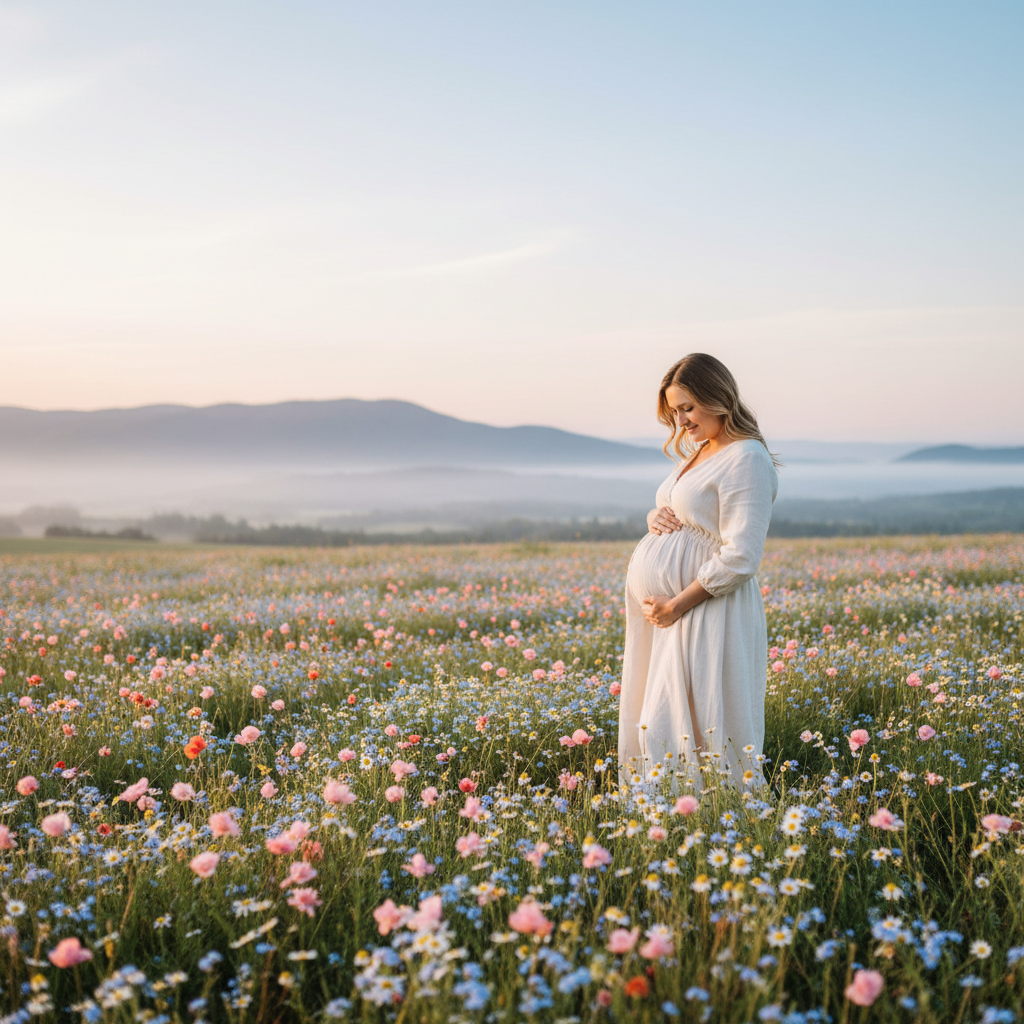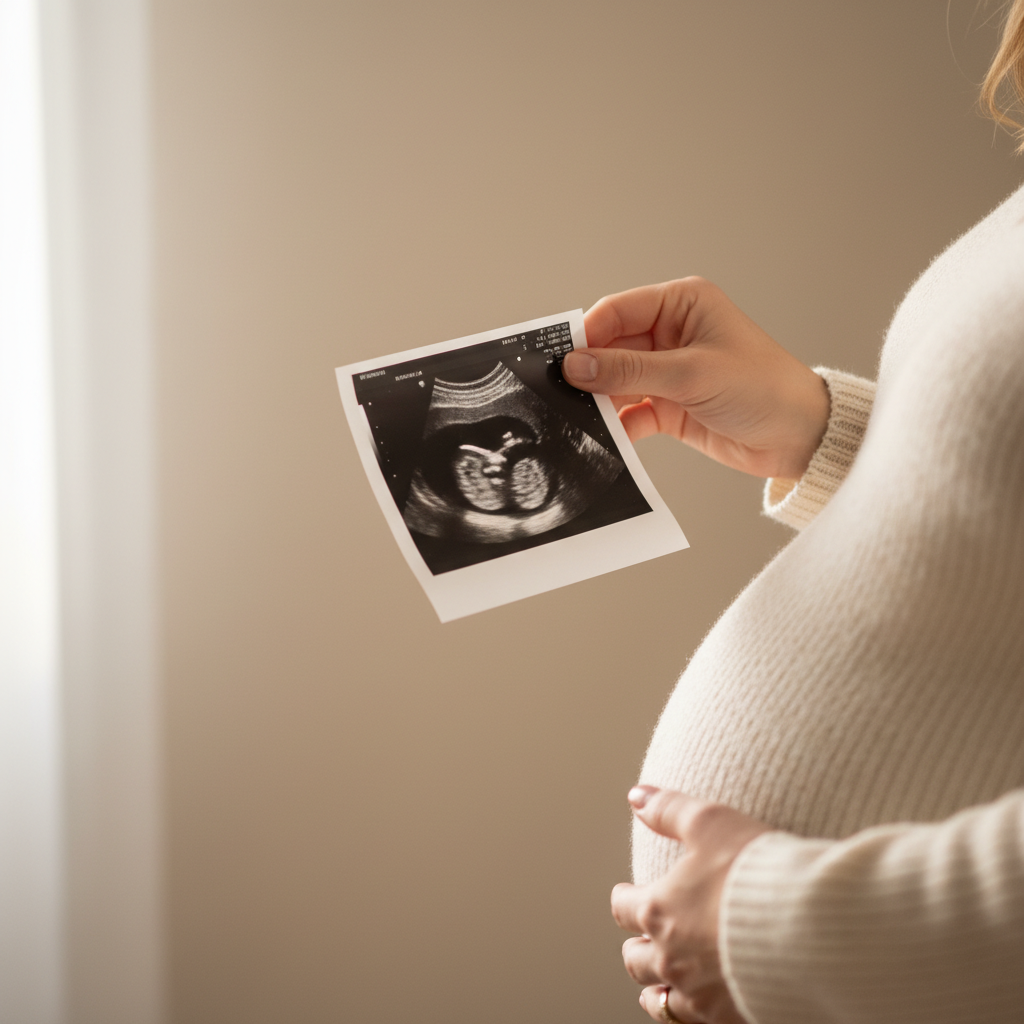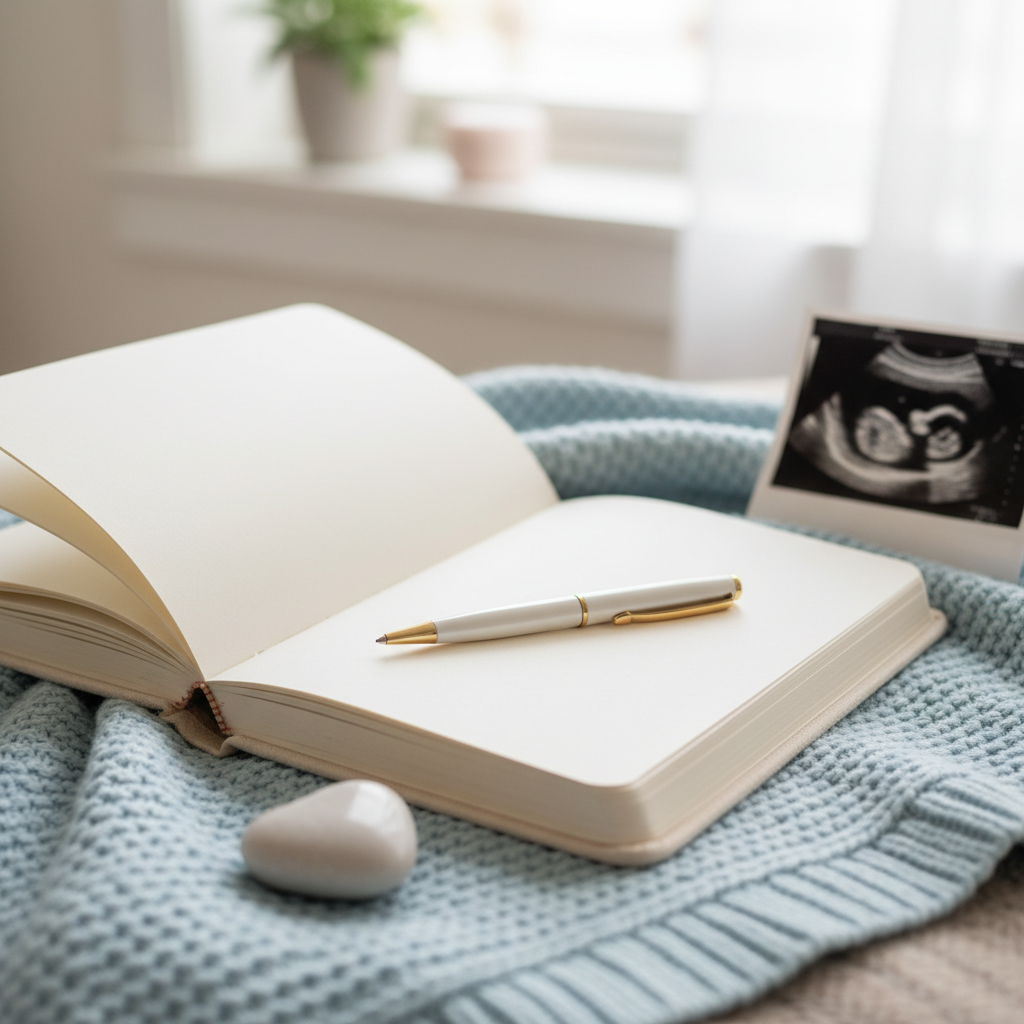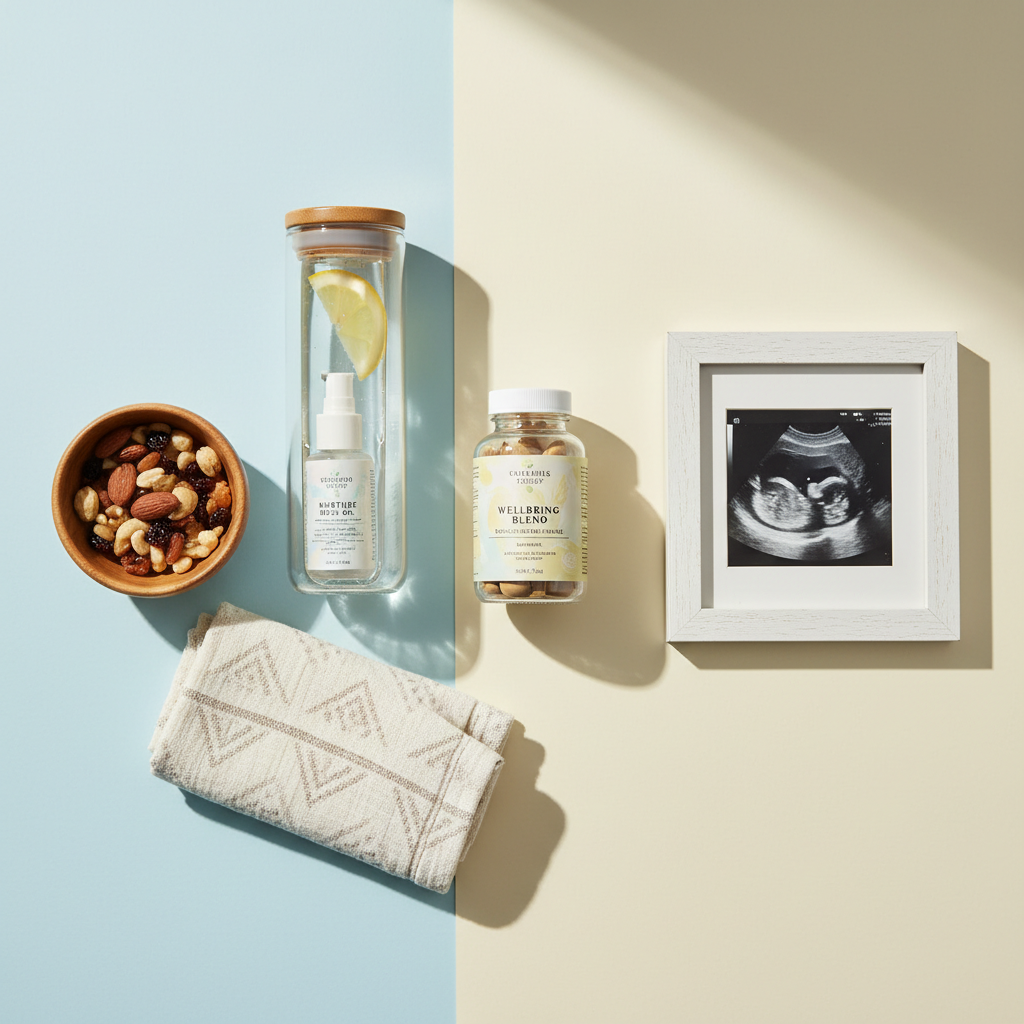
The Development of Baby’s Facial Features and Expressions
Your baby’s face begins forming between weeks 4-8 of pregnancy, with early features appearing even before you may realize you’re expecting. During the second trimester, these facial features become more defined and your little one starts practicing expressions that will prepare them for life outside the womb.
Key Highlights
Here’s what you should know about your baby’s facial development:
- Facial features begin forming between weeks 4-8 and continue developing throughout pregnancy
- By 20 weeks, your baby can make expressions like frowning and smiling
- Babies respond to external stimuli like your voice with facial movements
- These expressions aren’t just cute—they indicate healthy brain and nervous system development
- Facial movements help prepare babies for essential skills like feeding after birth
Understanding Changes: Early Facial Formation

The journey of your baby’s facial development begins remarkably early in pregnancy. By week 5, small depressions called facial placodes form, marking where your baby’s eyes and nose will develop. During weeks 6-7, the mouth and jaw begin to take shape, while the ears start developing as small folds of skin on the sides of the neck. By the end of the first trimester, your baby’s face has the basic structure that will continue refining throughout the 2nd trimester.
According to the American Pregnancy Association, facial features develop at different rates, with eyes forming first, followed by the nose, lips, and ears. These early developments are guided by complex genetic processes that coordinate the growth and positioning of facial features. By week 12, your baby’s face looks recognizably human, though the features remain small and the head is disproportionately large compared to the rest of the body.
Understanding Changes: Facial Expressions Begin
As you enter weeks 13-16, your baby begins developing the muscles needed for facial expressions. By week 16, the facial muscles have formed enough for your baby to make simple movements like squinting and frowning. Research from the Fetal Development Research Center shows that babies begin practicing these expressions as their brain forms connections with facial muscles.
By weeks 18-20, your baby can make more complex facial movements, including smiling, grimacing, and mouthing movements. These expressions aren’t emotional responses yet—they’re practice for the facial movements your baby will need after birth. Studies have found that these movements are important for developing the neural pathways that will later control voluntary facial expressions. This period during the 16-20 weeks of growth represents significant milestones in your baby’s neurological development.
Your Body & Baby: What You’ll See on Ultrasound

The second trimester brings one of pregnancy’s most anticipated moments: seeing your baby’s face during an ultrasound. Around weeks 18-22, your anatomy scan provides detailed views of your baby’s facial features. While early ultrasounds show only basic outlines, this comprehensive scan can reveal your baby’s profile, including the nose, lips, and sometimes even facial expressions if you’re lucky with timing.
During this scan, technicians may point out facial features as they check for proper development of the lips, nose, and eyes. The quality of these images has improved dramatically with advances in ultrasound technology. 3D and 4D ultrasounds, often available around 26-30 weeks, can provide even more detailed views of your baby’s face and expressions. These second trimester ultrasounds are primarily medical in purpose but offer the wonderful side benefit of those first glimpses of your baby’s unique features.
Your Body & Baby: Responding to Your Voice
By weeks 24-26, your baby’s hearing has developed enough to recognize and respond to your voice and other sounds. Research from Johns Hopkins Medicine shows that babies often react to external stimuli with specific facial expressions and movements. When you talk or sing to your baby, they might respond by turning toward your voice or changing their facial expression.
Playing music or reading aloud to your baby during the 2nd month pregnancy and beyond creates opportunities for these interactions. Studies have shown that babies can remember sounds they heard in the womb after birth. This early auditory processing helps establish the foundation for language development. Many parents report feeling a special connection when they notice their baby responding to their voice. These responses aren’t just coincidental—they represent your baby’s developing awareness of the world outside the womb and their first attempts at communication.
Healthy Living Tips: Supporting Facial Development

A balanced diet rich in essential nutrients supports your baby’s overall development, including facial structure formation. Folic acid, which you likely started taking before conception, plays a crucial role in preventing facial clefts. Vitamin A contributes to the proper formation of facial structures, while calcium and vitamin D support bone development, including the skull and jaw. Omega-3 fatty acids, found in fish, walnuts, and flaxseeds, support brain development that coordinates facial movements.
Staying well-hydrated ensures proper amniotic fluid levels, which provide the space your baby needs to practice facial movements. The Society for Maternal-Fetal Medicine recommends avoiding harmful substances that can impact facial development. Smoking, alcohol, and certain medications have been linked to facial development issues. If you experience pregnancy headaches second trimester, consult your healthcare provider about safe pain relief options rather than self-medicating with over-the-counter products that might not be recommended during pregnancy.
Healthy Living Tips: Bonding Through Facial Development
Creating a connection with your baby before birth can be a meaningful experience that supports both your emotional well-being and your baby’s development. Talk, sing, or read to your baby regularly, as they can hear your voice and may respond with facial movements. Studies show that babies recognize their parents’ voices at birth after hearing them in the womb. This early connection forms the foundation for future bonding.
Many parents enjoy keeping a pregnancy journal documenting their reactions to seeing their baby’s face on ultrasound. Save and label ultrasound images to create a visual timeline of your baby’s facial development. As your baby gains weight and stores fat during the second and third trimesters, their face becomes fuller and more defined. Consider creative pregnancy photography that celebrates this special time of development and anticipation. These mementos will be treasured reminders of the time you spent getting to know your little one before meeting face to face.
Conclusion
Your baby’s facial development represents an incredible journey from the earliest cellular beginnings to a fully formed face with the ability to express emotions and interact with the world. Each blink, smile, and frown your baby practices in the womb helps prepare them for life outside—building the neural connections and muscle memory they’ll need for feeding, communication, and bonding after birth. As you progress through your pregnancy, take time to marvel at these developments and know that each day brings your baby’s unique features one step closer to the face you’ll soon be gazing at with love.
